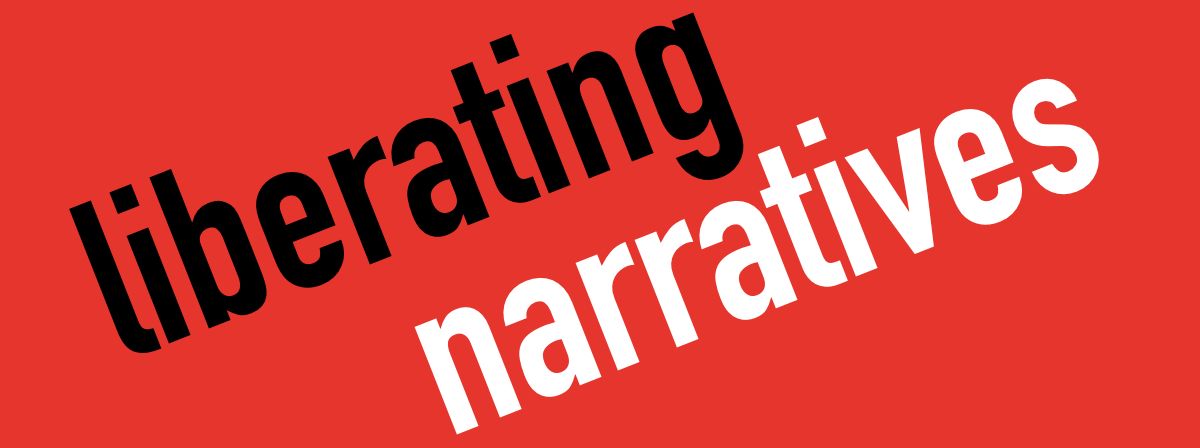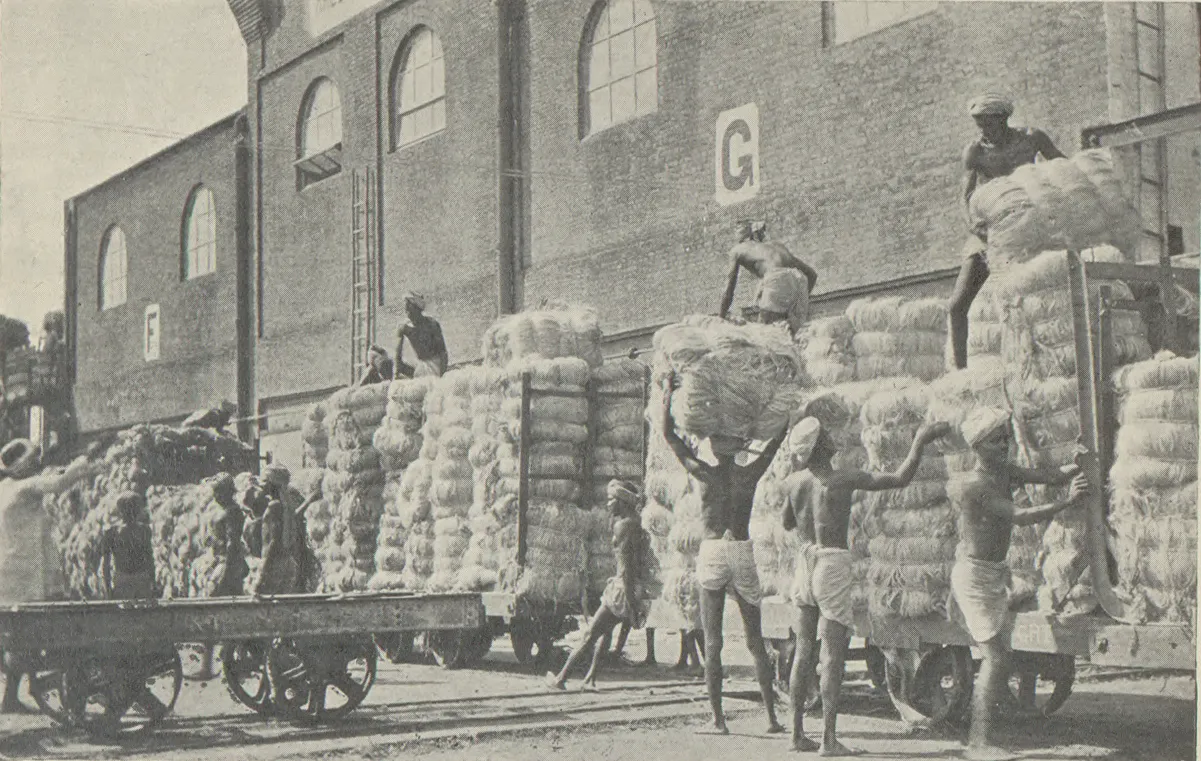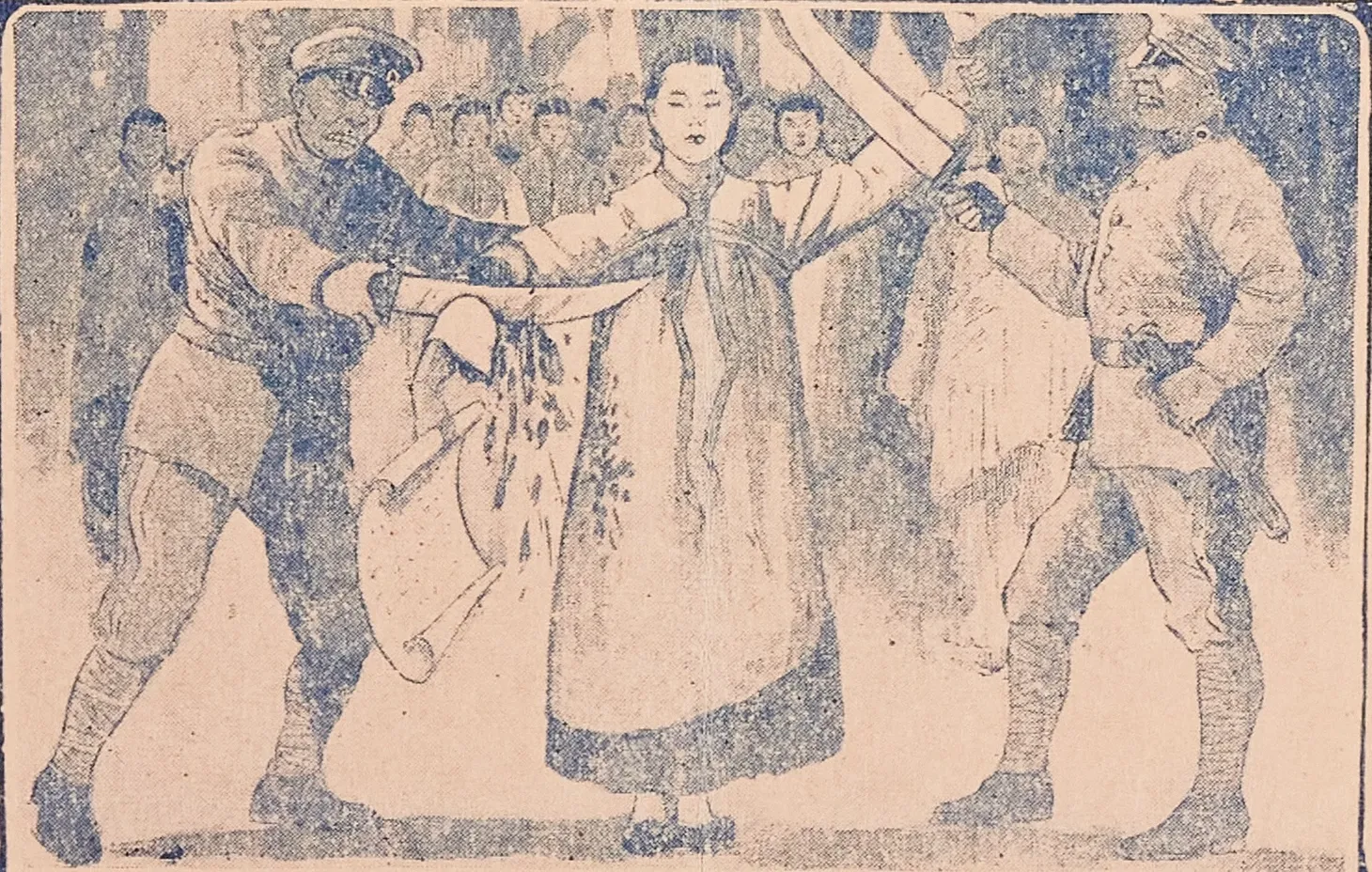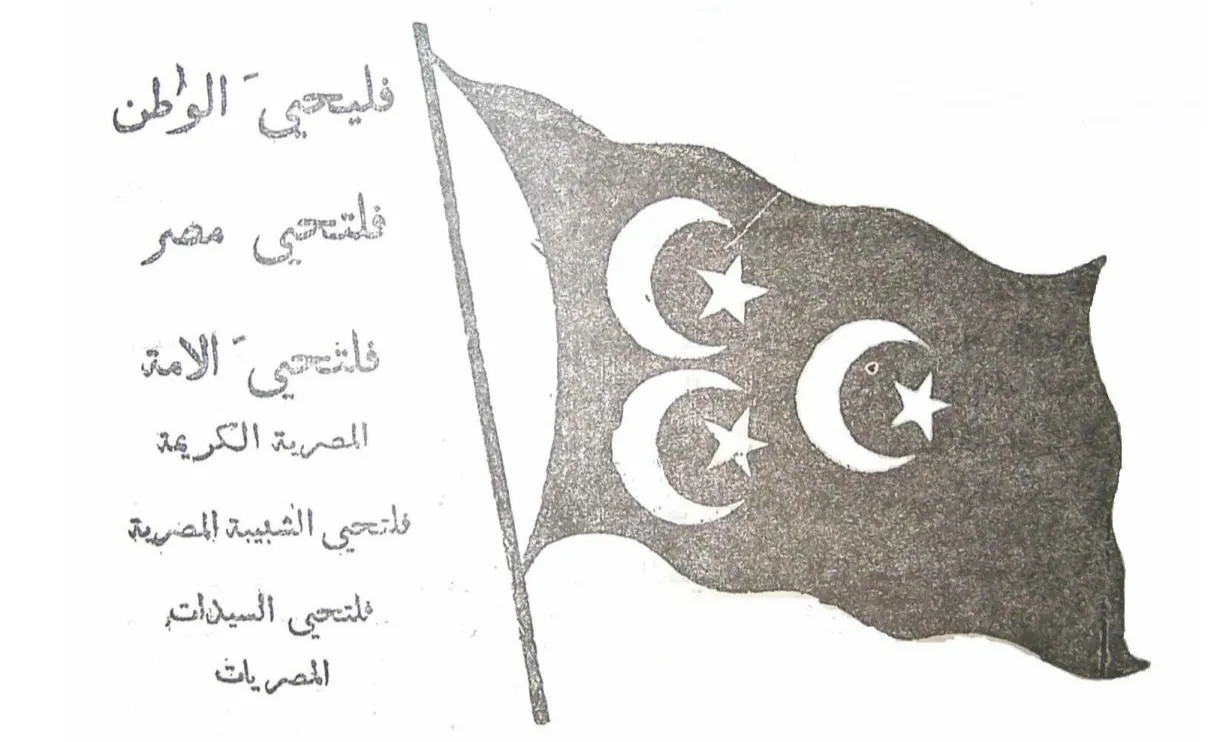“The Unspun Thread for the Message of Allah”: The Indian Ocean Exchange Network in the Sixteenth and Seventeenth Centuries
A discussion of teaching the Indian Ocean exchange network in the sixteenth century.

In 1498, Vasco da Gama sailed into the harbor of Calicut. As discussed in the last post, Calicut was one of the most vital entrepôts in the Indian Ocean. His arrival in Calicut was not an accident, nor should it be called a voyage of “exploration” or “discovery.” In his journal of the voyage, da Gama wrote that he sailed directly across the Indian Ocean from Malindi on the coast of Africa to Calicut with the aid of an Arab or Indian navigator. Calling what happened a voyage of “discovery” or “exploration” only makes sense if we ignore the centuries of indigenous understanding of the monsoons and currents of the Indian Ocean that made da Gama’s voyage possible. How can we help students better understand da Gama’s voyage and the first century of European maritime expansion in the Indian Ocean?
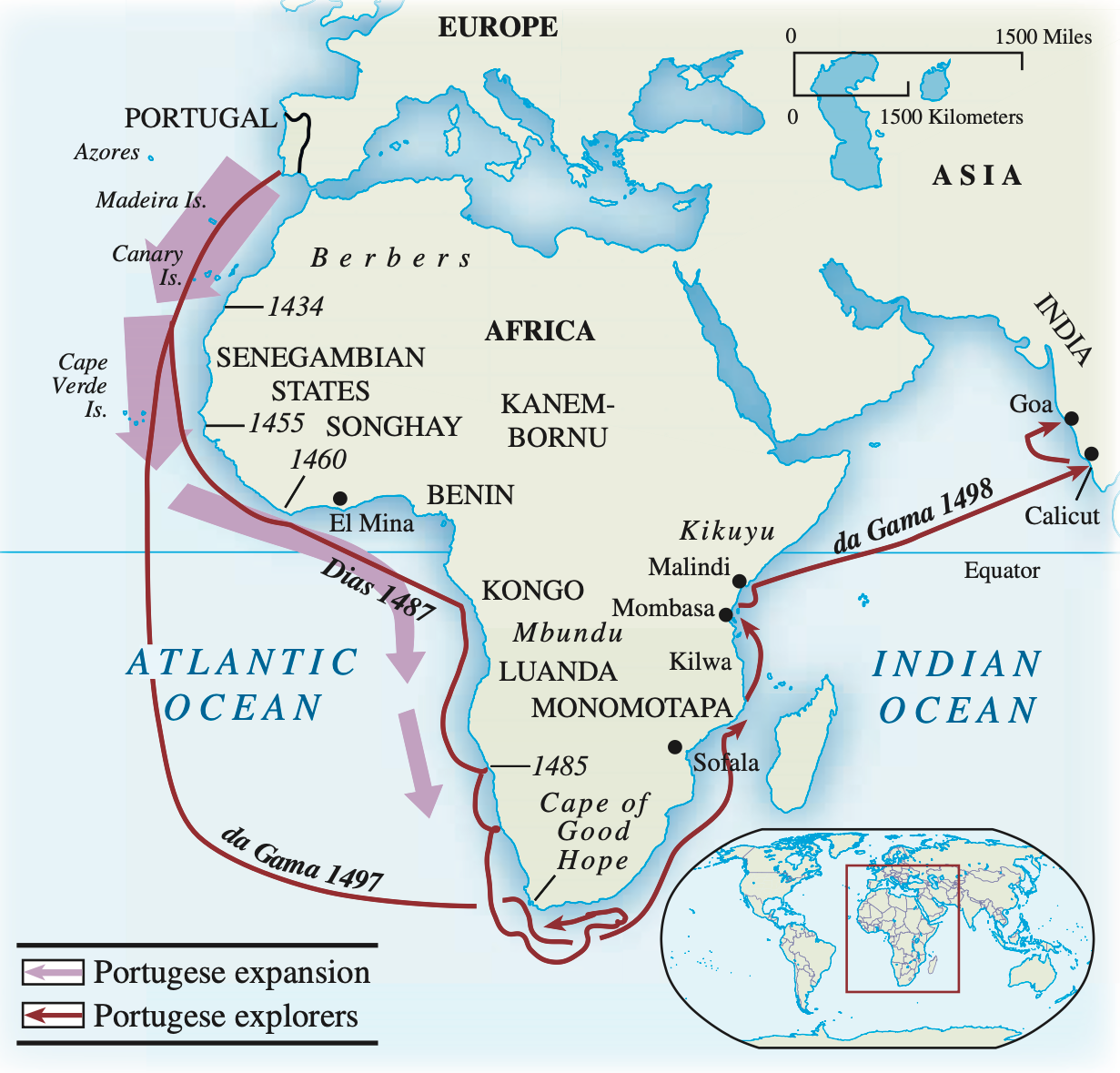
After his voyage, many long-standing patterns in the Indian Ocean exchange network changed. When teaching about the Indian Ocean, it’s easy for students to focus on how the arrival of Europeans changed things. In popular accounts, it’s common to see claims about Europeans “conquering” the Indian Ocean. Conquest sounds more exciting than adaptation. While we want to help students understand what changed, we also want to help students focus on what stayed the same. Europeans changed some things but frequently adapted to many existing patterns on the Indian Ocean exchange network. By focusing on the role of indigenous merchants, the items shipped around the Indian Ocean, and the spread of Islam, we can help students develop a more nuanced understanding of the Indian Ocean in the sixteenth and early seventh centuries.
“Our Portuguese Took it From Him by Force”
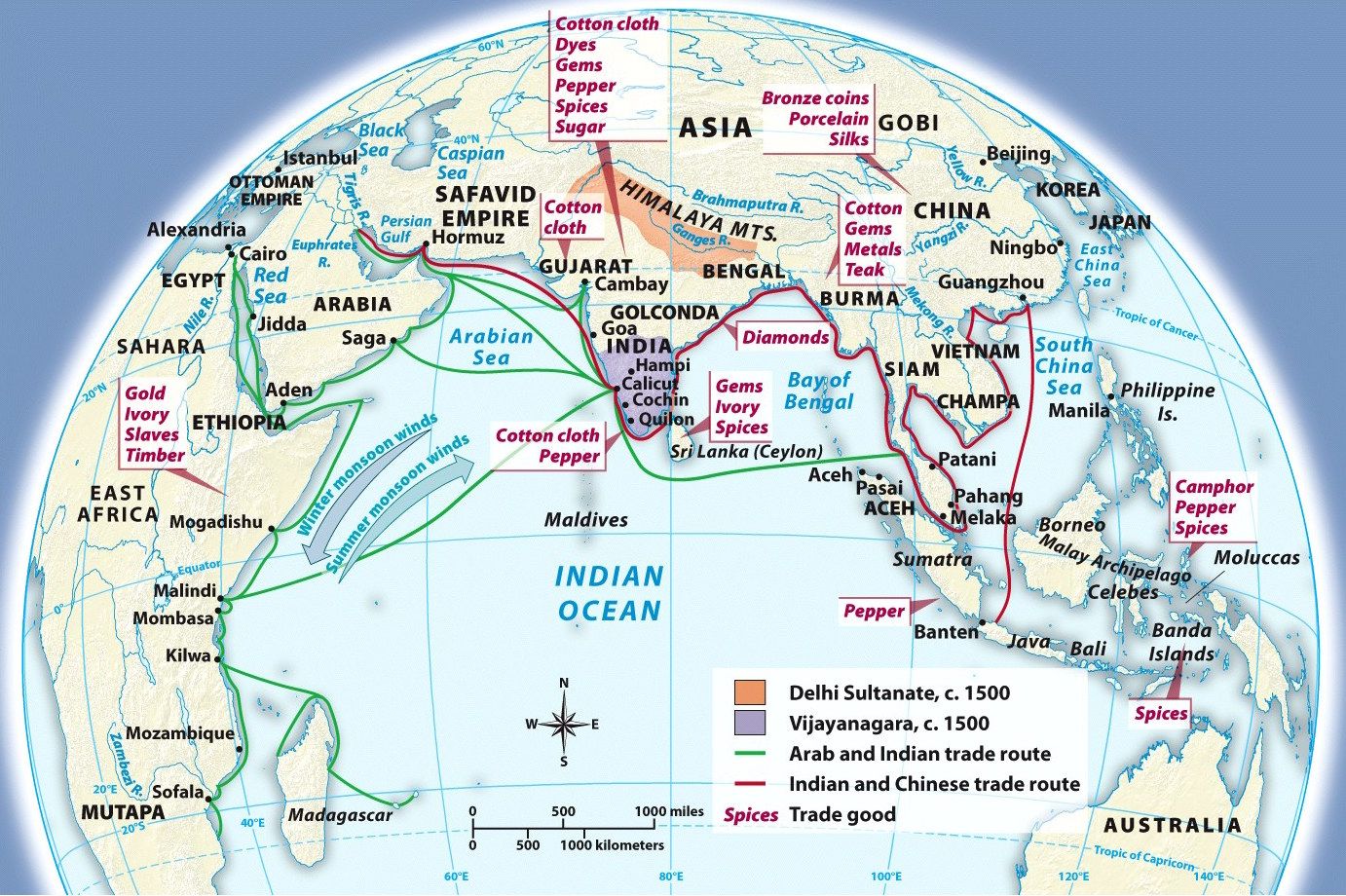
This content is for Paid Members
Unlock full access to Liberating Narratives and see the entire library of members-only content.
SubscribeAlready have an account? Log in
